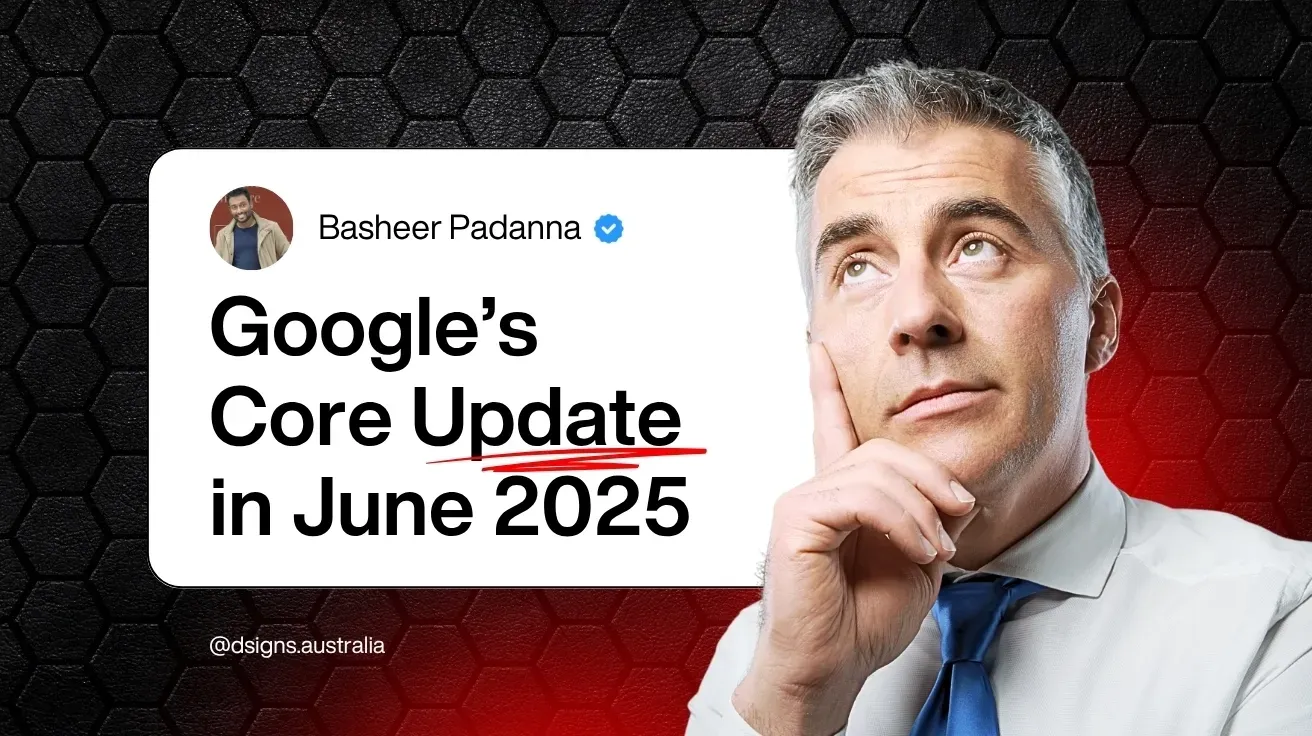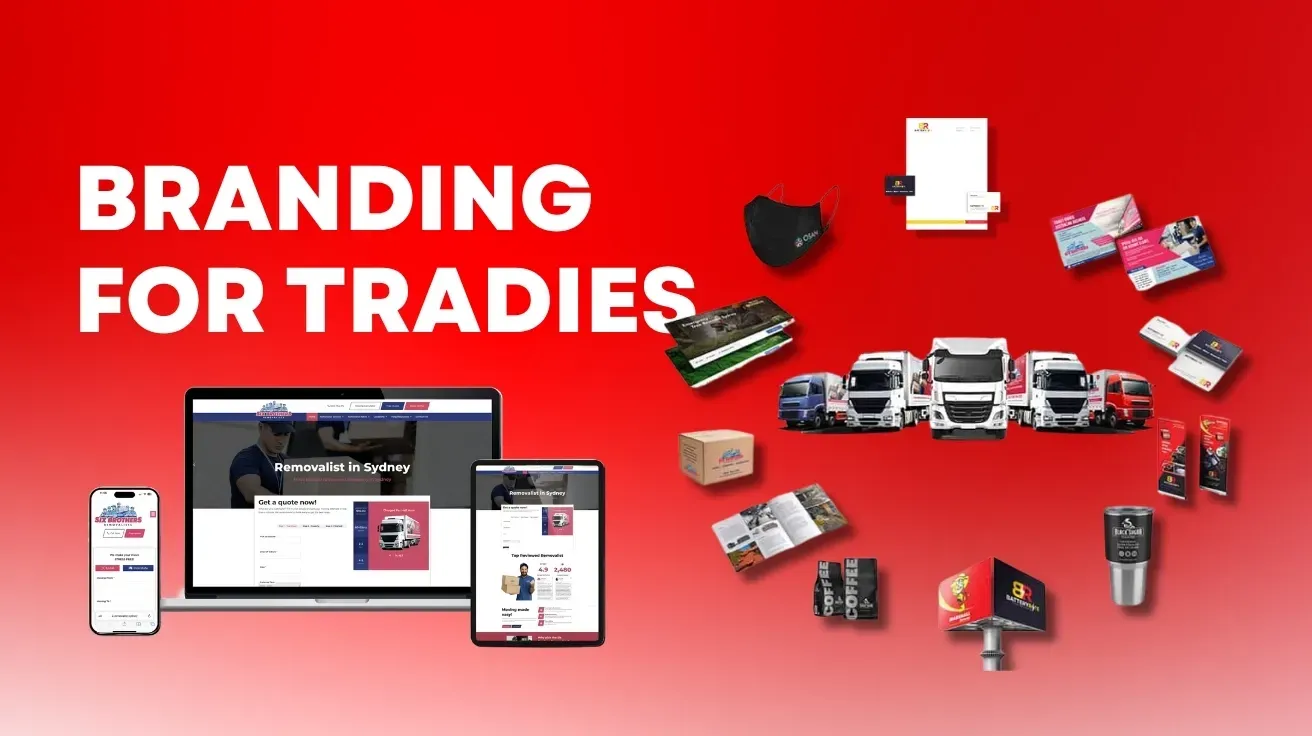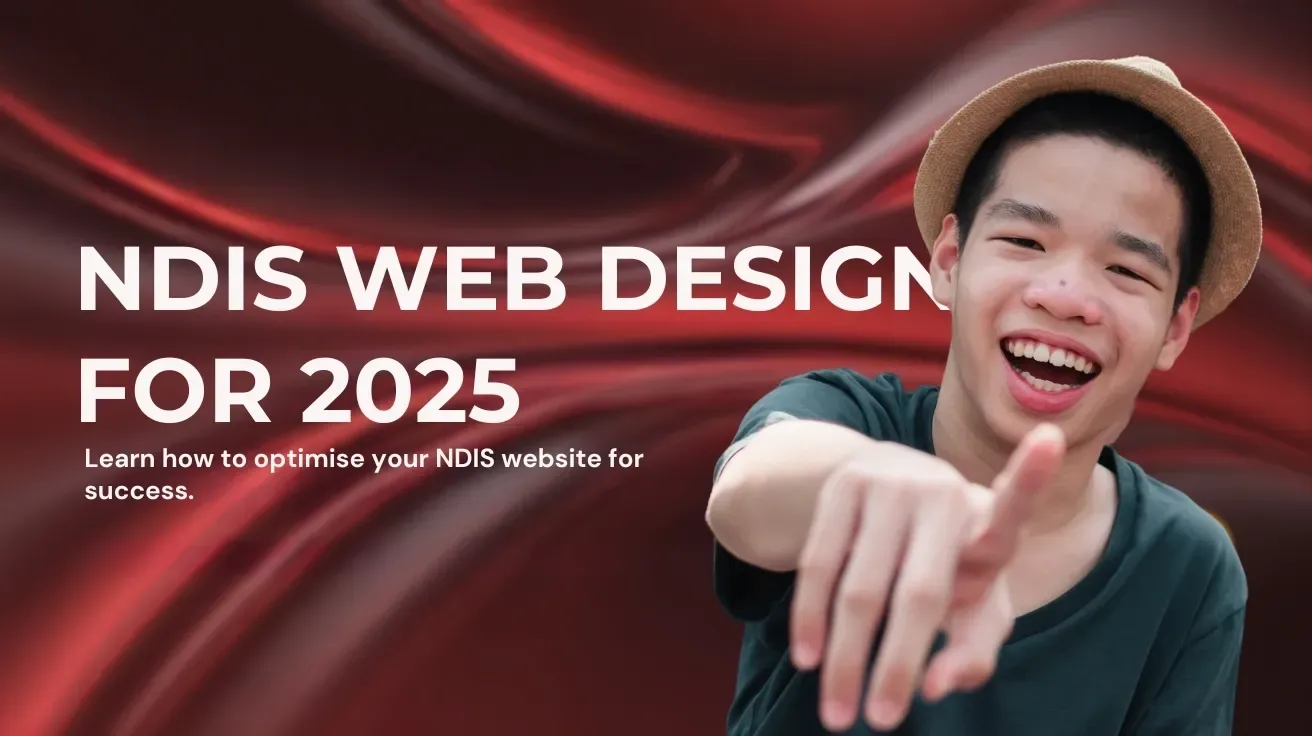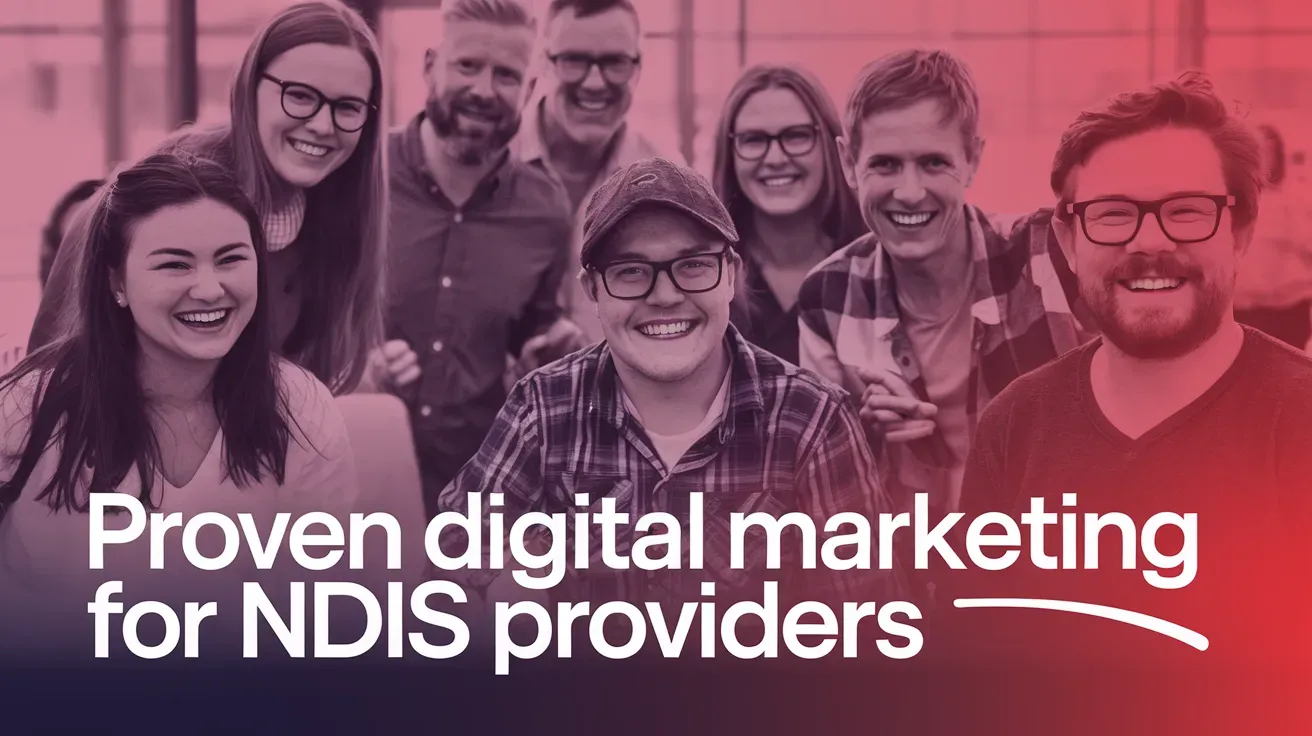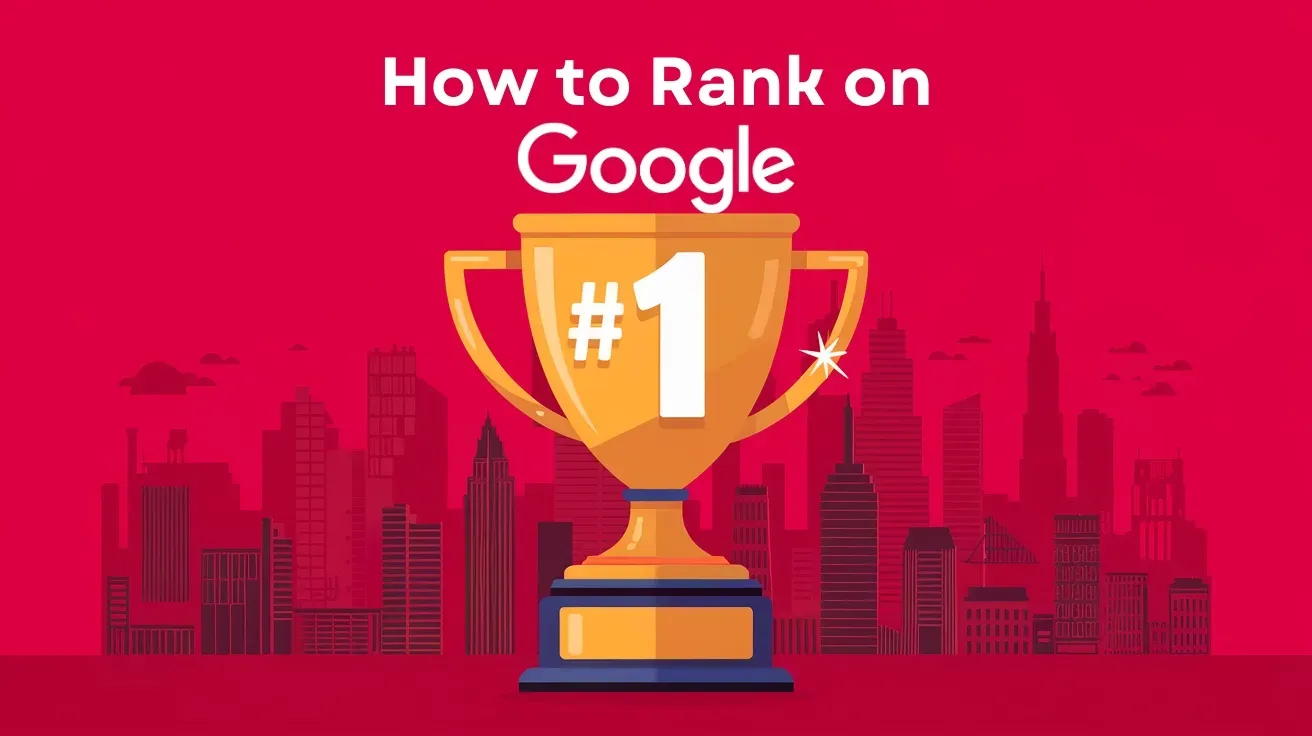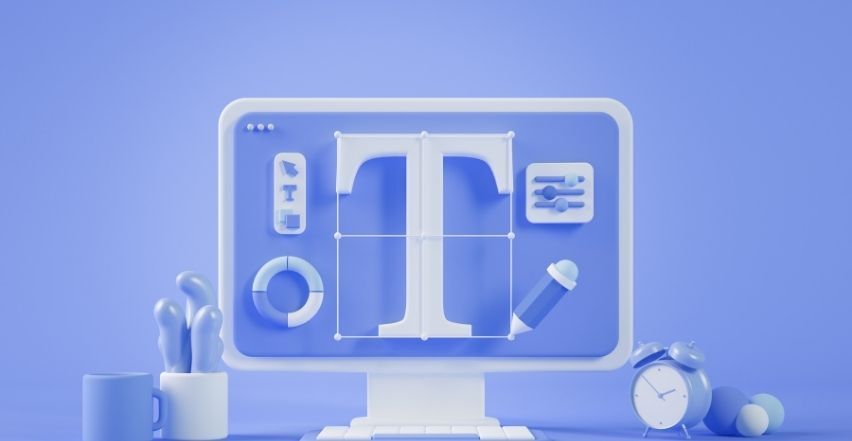Tips for the Best
Logo design
If you have got a poor logo design, everyone will notice, and you'll be judged. But much more importantly, your logo won’t be effective because it won’t convey the
brand’s identity
to old or potential customers.
While it’s true that standard people don’t notice the tactics and finesse of your work like logo designers do, it’s also true that your design influences their purchase decisions at a subconscious level. The reason why most web developers use logos regardless of it being expensive or cheap websites – they assist establish familiarity and brand recognition.
People won't understand how logo designs affect their perceptions, but designers should grasp these details. Entrepreneurs should also spend it slowly understanding these facts. Otherwise, you may spend your budget on ineffective designs that don’t sell.
Below are 10 tips for a good Logo design!
1. Usage of Matching Fonts
A good business logo design should have matching bowls within the headline and thus the text. The fonts’ bodies should even be similar, whether or not their weights are different or if they're available from different families. An important design rule when it involves pairing fonts is to have typefaces with the identical visual language. This means that your fonts should have the identical feel and connotation. You want to pick fonts that match because they create a standardised, symmetric, and wholesome design. This design will improve the logo’s readability, making it easier on the eyes, which successively attracts people’s attention.
2. Using colours that match
The best logo design use colours to define a brand, that the colour palette on a mobile screen should match that on a printed flyer. If the logo looks way too shiny on the online website, it means you haven’t changed the colour mode to red/green/blue. This won't just be annoying but it could also confuse potential customers and lead reducing your chances of creating a memorable logo.
3. Using quality print materials
The company uses their logo for printed materials like posters, flyers, invitations, packages or postcards. When printed materials are of a poor design they might make your logo design look bad and this would reflect poorly on the brand's image. A low-quality paper looks and feels cheap and this would not go well with your company' brand. This error can’t be compensated even by the foremost interesting design. This is why it would be wiser to choose paper with a better texture with a heavier weight, this would convey having a value. People would perceive this value and associate it with the brand subconsciously, so it would be considered as good advertising for your company.
4. Focusing on the key message
Oftentimes, a lot of logo designers go overboard with their animated elements, shadows or outlines. These elements may appear creative, but throwing all of them together is distracting for the viewers. As such, people can’t concentrate on the key message, which is the brand’s identity.
A mishmash of effects isn't creative. Creativity is first and foremost effective in conveying your brand’s image or a key message your audience has to remember. That’s to not say effects are bad, but effects should highlight your key message. Their main purpose is to line the atmosphere, not steal the limelight. That’s why it’s best to stay to only one effect; quite which will be overwhelming.
5. Developing a customer’s mindset
Understanding what your customer wants and how they think would help you understand what needs to be put up on the website. A lot of the times businesses are built when the owner feels that there is a need/demand and how they can provide goods or services that sets them apart from others. Now that you have developed this service that caters to your chosen niche market, you start to work on your brand and one of the first things everyone focuses on - the logo. People always aspire to the sort of effortless beauty, it doesn't matter whether we’re talking about logo designs or art pieces. Remember that there is never such a thing as a perfect logo. A logo can always be perfectible, all it takes is a lot of hard work and expertise. You could always change your logo, just make sure that your company has a customer-first mentality. Always focus on solving people’s needs and this will follow your logo.
6. Don’t Be Afraid Of Trial And Error
Branding might make or break your company, but provided that you've got something to create or break within the first place. That’s why it’s important to concentrate on how you address your customers’ needs. Even the proper logo doesn’t solve your customers’ problems. It also can’t change the impression people wear your brand unless your products work. But if you wish to urge as near perfection as possible along with your logo, don’t be afraid to check the market. Some logo designs are simply not appealing, whether or not they follow all the principles. the reality is you won’t know what works and what doesn’t until you ask your audience.
7. Perfect Logos might not Sell, But Poor Logos Surely Don’t -
Designed logos won't bring a horde of latest buyers to your step if your products, services, or marketing techniques are subpar.. It’s important to create and deliver relevant products to customers and to market them creatively. Otherwise, not even the simplest logo can facilitate your. But that doesn’t make the reverse affirmation true. If perfect logos may not increase your sells, it doesn’t mean that bad logos don’t affect stellar products or services. We sleep in a communication-centric world. A poor logo is related to a scarcity of effort and unprofessionalism. A logo that’s tough to read goes unnoticed. A blurred image might be misinterpreted and so forth.
8. Perfect Logos Don’t Create Loyalty
If you wish to achieve your customers’ loyalty, you have got to urge them to note you initially. Traditional advertising is overturned by word of mouth when it involves building a loyal brand community. It’s true that you simply need stellar products and great customer service to form a top user experience and to achieve word of mouth. But once you get your loyal brand community, they're going to be represented by your logo. they'll wear your logo proudly because it becomes an emblem of their shared beliefs.
9. Using quality images
You can’t use poor quality images for your custom logo design. Some designers ignore this rule and find yourself with blurry logos that the target market doesn’t recognize. These images decrease the probabilities of your logo being memorable. Other poor icons and images simply lack harmony; they’re tacky or common. These images distract the viewers from the central message you wish to convey. Besides, having low-quality images would look very unprofessional, which would reflect poorly on your work as a logo designer. To avoid this error, use high-resolution images and take into consideration retina screens when you’re engaged on a digital logo.
Also Read:
The Best Graphic Design Software For Small Businesses
We can help you create your Brand identity!
Call Us
Email Us


